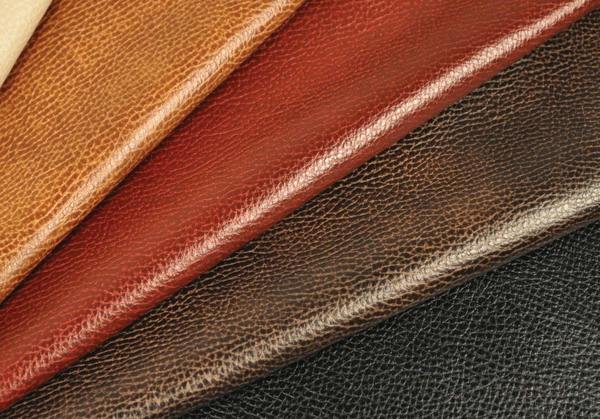What is leather?
Leather is not made, but has grown. It is a natural product and is processed into a desired end product through various methods. For the longer answer, we dive a little deeper into this blog.
Various Skins
In the furniture industry, cattle leather is mainly used, but there are several types of leather. In addition to cows or pigs, there are also skins of animals that are considered more luxurious. These skins are worked into, for example, deer leather, the leather and calf leather. The skins of crocodiles and snakes can also be processed into leather, as well as foxes and rabbit skins, or fish skins. Processing skins of a number of animal species is controversial, for example because it is a protected species.
Different layers
An animal skin consists of three layers. The epidermis is the skin that we see during the life of the animal. This includes the learning skin (nerflage or full-grain layer) that is ultimately used. The subcutaneous connective tissue is the third layer. The top and bottom layer are removed. You can then treat the learning skin in various ways to a desired end product.
There is an addition to the above explanation: the nerflage layer can also consist of different layers. If a skin is too thick for correct processing, it may be that it is split into a split leather layer. This happens, for example, with cattle skins that can be 5 to 10 millimeters thick. In this case, the nerflage layer, the strongest layer, is no longer full-grain leather, but top-grain leather. The split layer is split leather.
Split leather
Split leather is fiber -like and less coarsely intertwined than the connective tissue of the upper layer. It is therefore weaker, rougher and of lesser quality. It is therefore used less for furniture, and more for, for example, bags, wallets and clothing. There is no artificial operations, so split leather can also be regarded as real, natural leather.
After this is descaled in barrels. The skin is then stained so that it gets a smooth structure. After these first treatments there is tanning. Various processes are possible for this. Of each process, the goal is to make the proteins in the skin insoluble. This makes the leather shelf life. After tanning, the skin is controlled by a machine to pull the thickness, and some fat is added. Almost every skin has irregularities such as scars, scratches and insect bites. These are sanded away by a sander.

Types of leather
There are many possible finishes of the animal skin. Well -known finishes are:
- Vol-Aniline leather: the leather is dyed through and through without further processing.
- Semi-aniline leather: the leather is first colored in a barrel. A thin lacquer layer is then applied for extra protection. The leather feels smooth and smooth.
- Ecoleer: Ecoleer is a combination of leather and polyester. The part of leather (often 70%) is often recycled (and therefore ECO). This part is covered with a layer of polyester. This is good to keep clean and requires little to no treatment.
- Nubuck leather: this is sanded vol-aniline leather. This gives a luxurious velvet effect.
- Microfiber leather: a layer of microfiber with glue is laid over the skin.
- Old Saddle leather: the leather is waxed by hand.
- Pull-up leather: these are grinded leather fibers that are pressed on both sides of a cloth under pressure.


